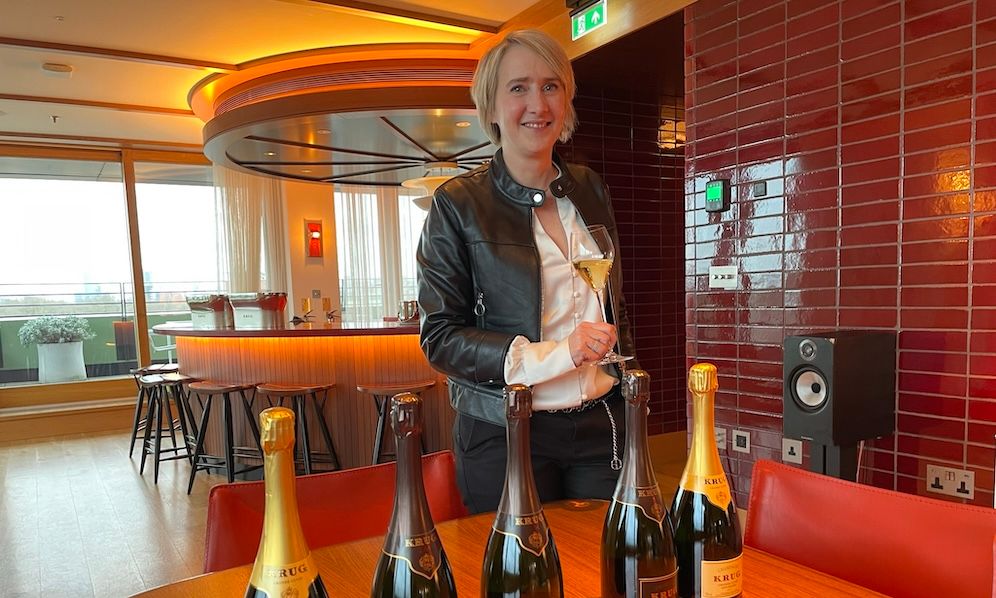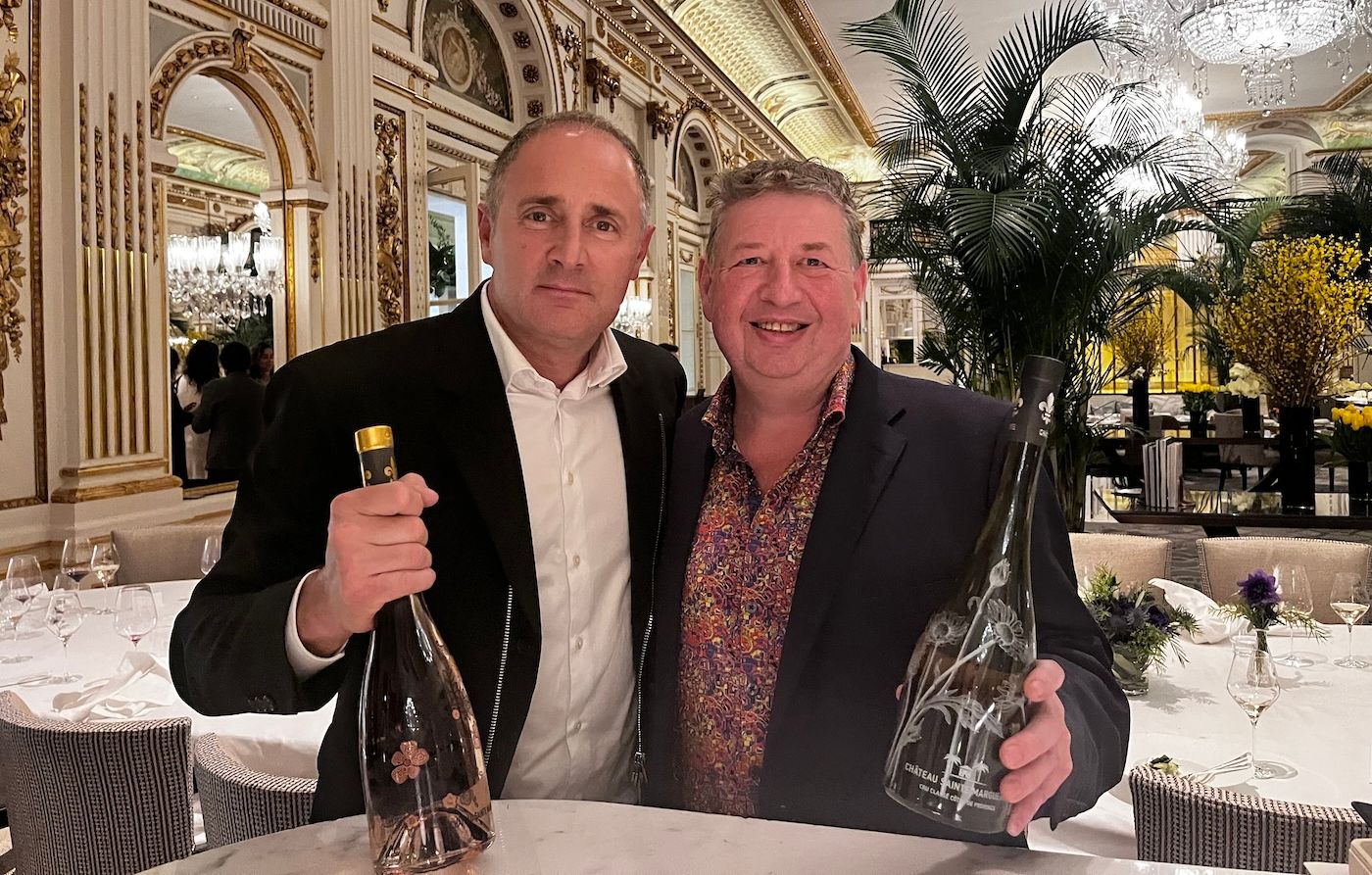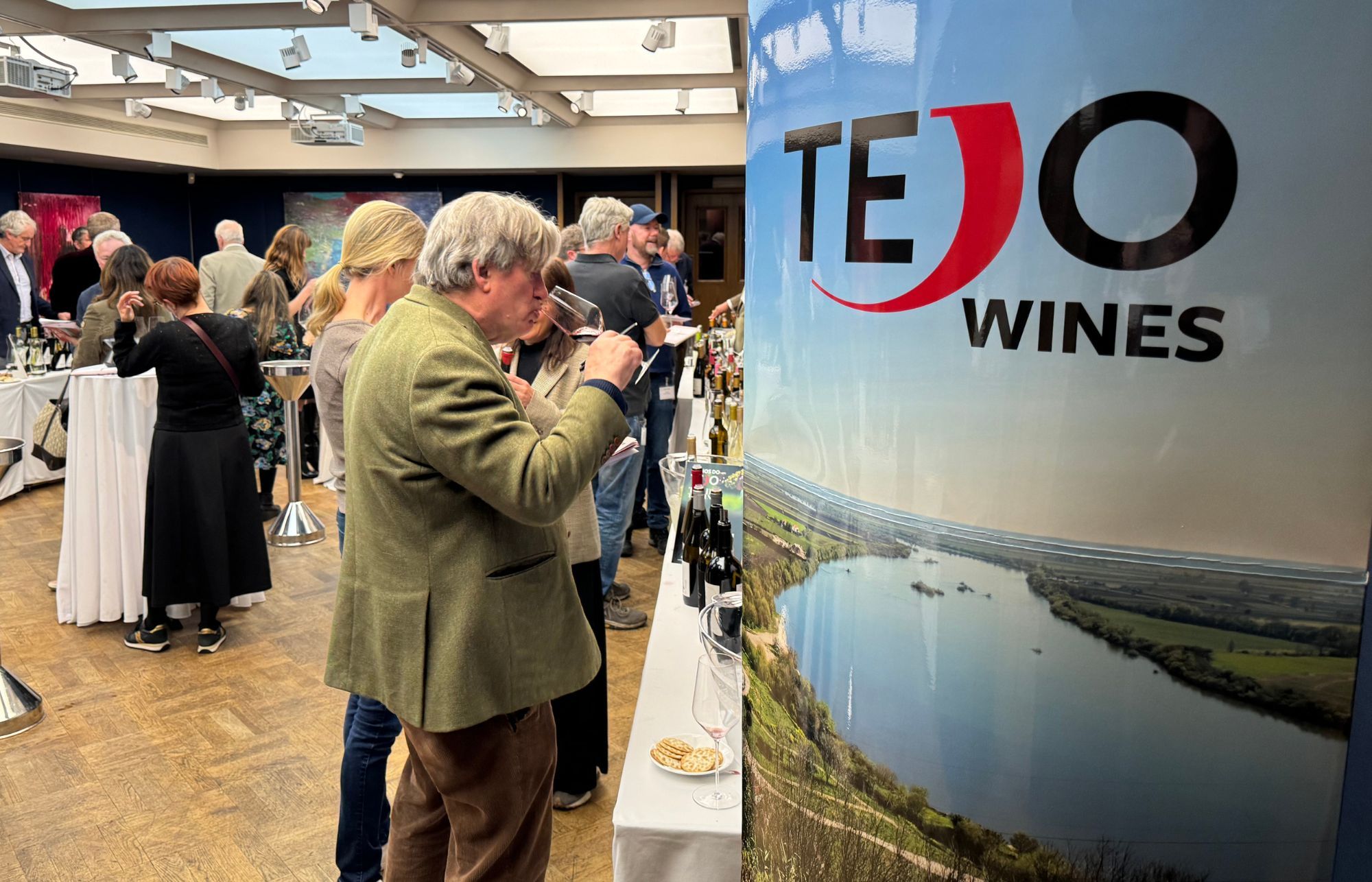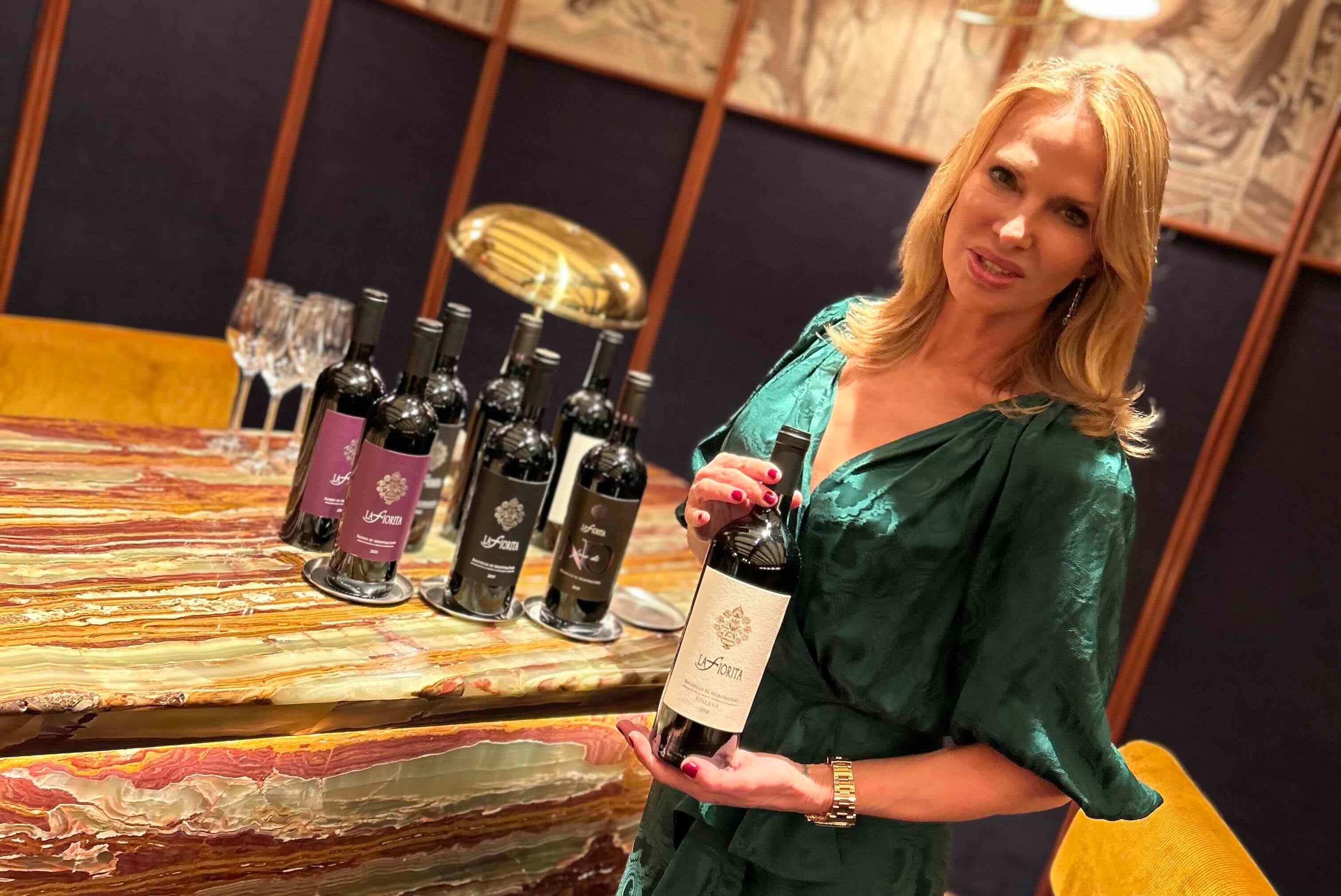Julie Cavil, Krug's cellar master, was recently in London for the launch of Les Créations de 2011 and brought along five Champagnes for a tasting session with the press. Despite 2011 being a difficult year in Champagne, often regarded as one of the worst of the decade, Cavil believes it's a vintage that requires a deeper understanding.
During the tasting, she emphasises Krug's reliance on the intricate blending process, a tradition dating back to Joseph Krug's founding of the legendary Champagne house 181 years ago, which has been instrumental in its ongoing success.
Prior to sampling the Les Créations de 2011, Cavil presented the latest Grande Cuvée, the 171 edition, sourced from the 2002-2015 harvests (a blend of 131 wines from 12 different years). This was followed by tastings of the 2004 vintage (marked by freshness) and the 2006 vintage (characterised by hot and wet conditions), leading up to the 2011 vintage (experiencing climatic conditions like the 2004 and 2006 combined). The tasting culminated with the 'grand finale,' featuring the Grande Cuvée 167 edition.
Talking about the 167 edition, Cavil explains, “There are only191 different wines in your glass, selected from 13 different years, coming from 2011 and with the oldest being the 1995.”
When asked what exactly the process for selecting those hundreds of wines for each Grande Cuvée entails, Cavil says, “It is all about patience, people and process.”
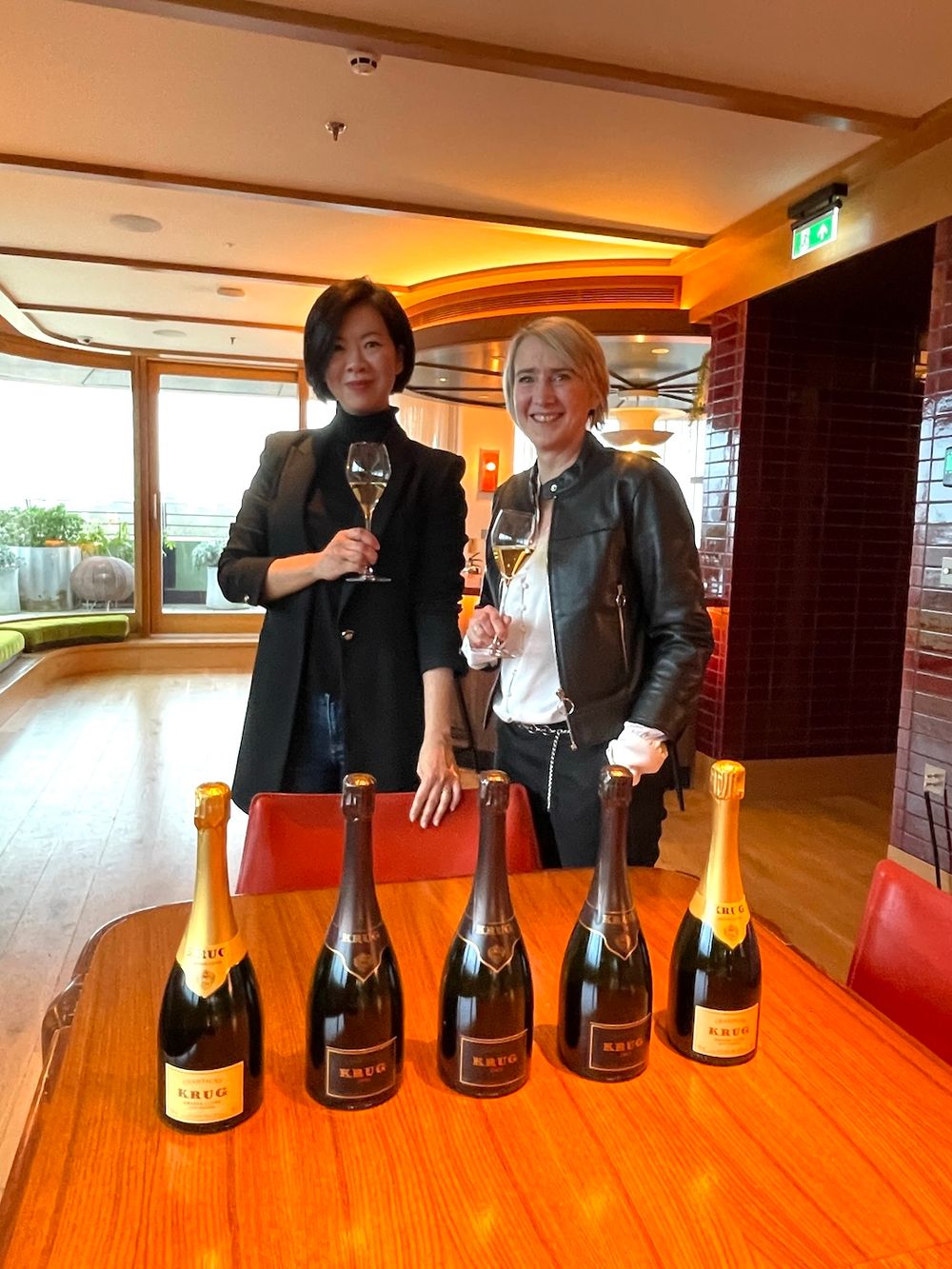
Leona de Pasquale and Julie Cavil (l-r) at the launch of the Les Créations de 2011
The patience
“The first thing I learnt when I joined Krug was patience, as it normally takes 20 to 25 years to craft a single bottle of Krug,” says Cavil. This patience is exemplified by the new edition 171, which can be enjoyed now but with wines crafted 24 years ago back in 2000. “Drinking Krug is like experiencing history in an innovative and fresh way, making it truly special and unique,” remarks Cavil.
The people
For a Champagne house that famously loves to use music as analogies, and even goes as far as to create different music to accompany each new release, it is not surprising to hear Cavil describe herself and her tasting committee as ‘tuners’ when she talks about how they work with their 100 growers.
For Cavil, her job during the year is similar to fine-tuning each “instrument” (the vineyard plot). “We listen to the instrument, we give them (growers) some feedback, and we try to adjust it to obtain the purest sound,” Cavil adds.
“We work with our growers for a very long time, so we know them really well. We decide the harvest date together, and we share the same passion. We always ferment each of their plots separately so they can even come and taste the result of their hard work with us, which is quite unique in the Champagne region,” says Cavil.
Therefore, it is not astonishing to know that there are 4,300 different casks in Krug to accommodate such practice, and the average age of each is 15 years old.
After each harvest, according to Cavil, the tasting committee’s job is to search for the “Music of the Year” (the vintage champagne), and the “Full Orchestra of Champagne” (the Grande Cuvée).
The Krug’s tasting committee consists of seven members, led by Cavil as the “conductor.” The team comprises individuals of varying backgrounds, and members know each other's tastes well. “It is vital to have different talented people in the team. It's akin to photography; from one angle, you might miss crucial details, but by exploring multiple perspectives, you get closer to the truth,” Cavil says.
For Cavil and her team to make the final blending decision, the process spans six months.
The process
“Every morning, we start with a coffee and share some work progress as we all have different roles. But no matter what, at 11 am, we gather in the tasting room for an hour,” explains Cavil. They blind taste 15 samples each day with the aim of identifying the unique character of each wine rather than looking for faults. Each member of the tasting committee takes their time to describe the wine in full detail.
"We are interested in finding strong, individual elements that may be complementary to other wines. For example, the intense red currant aroma in wine A is exceptional for a rosé, making it an ideal companion element for wine B or C," Cavil describes.
In November and December, the team will taste all the samples from their new harvest.
“It’s a difficult task as the wines are very young, very acidic. So we never take any decision at that time, but it's a good opportunity to know the personality better, and the overall expression of the year; what is missing, what is in excess, but we don't make any decision,” says Cavil.
In January, the team will conduct extensive tasting on its library stock, comprising over 15 vintages and various plots from across the Champagne regions. During this process, the aim is to identify wines capable of either supplementing what may be lacking in a particular year or offsetting any excesses. If the year is exceptional, they seek wines that can introduce new aromatic dimensions to enhance the overall experience.
In spring, they revisit the wines tasted between November and December. At this point, Cavil can provide initial guidance for each sample, noting that some may have a lot to offer but require more time to fully express themselves, others might wait to be chosen for future editions.
At the end of the process, Cavil will be off to work from home for a week, so she can work on her selections undisturbed.
“During this week, I gather all my notes and construct the ideal blend on paper, based solely on the feedback from the tasting room and the guidance I provided during the process,” explains Cavil. One crucial consideration is to envision how the blend will evolve over the next decade. “There are a lot of decisions to be made during this week. Lots of things to check, so I have to go back and forth to my notes numerous times,” she adds.
At the end of the week, Cavil has three projects to work on.
“The first thing is to create a Krug Rosé and a Grand Cuvée. The second is to decide what to give back to the reserve stock as I took some for the creation of the new edition. The third decision is to see if we want to have a vintage Champagne,” Cavil explains.
After that, every year in the last week of March, “We will gather in the tasting room with 400 different samples in front of us: 250 from the year, 150 from the library of reserve wine, and we do the blending in small scale. We taste the blends, and on the last Friday we make the final decision,” says Cavil.
Cavil concludes with another music analogy.
“To me, the entire process resembles an audition, much like how an opera such as Turandot has been performed worldwide for decades, featuring different musicians yet evoking the same emotion each time. Similarly, our aim with the new edition of Grand Cuvée is to ensure that drinkers can experience that same emotion every year.”
For Krug lovers, while the inspiration remains the same, the personalities within the blends change annually, resulting in a new creation each year that continues to excite fans for the past 181 years.
The five champagnes tasted during the tasting:
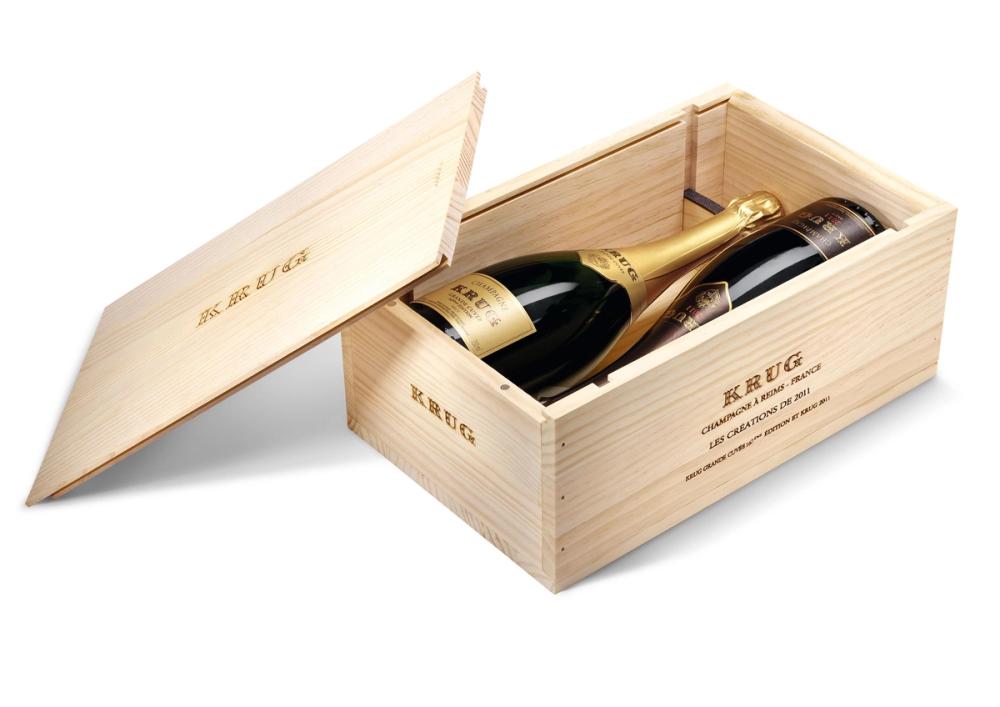
Krug Grande Cuvée 171ème Édition
A blend of 131 wines sourced from 12 different years, ranging from 2015 to 2000. Pinot Noir (45%), Chardonnay (37%), Meunier (18%)
The aroma unfolds with expressive notes of nuttiness and creaminess, leading into the juicy essence of yellow plum and lemon zest, with a lingering finish.
Krug 2004
Chardonnay (39%), Pinot Noir (37%), Meunier (24%), 12 years lees ageing.
A fresh but wet year. Vibrant citrus and mirabelle notes greet the nose, while flavours of honey and lemon tart grace the palate, culminating in an elegant and long finish.
Krug 2006
Pinot Noir (48%), Chardonnay (35%), Meunier (17%), 12 years lees ageing.
In stark contrast to 2004, the vintage of 2006 was characterised by intense heat and rainfall. It was during this year when Julie Cavil joined the Krug team. Smooth and opulent. The flavours of brioche, apple jam, and lemon curd lead to a rich and lingering finish.
Krug 2011
Pinot Noir (46%), Chardonnay (37%), Meunier (17%), 13 years lees ageing.
2011 had the characteristics of both 2004 and 2006. It was hot and dry before flowering followed by wet and fresh conditions. Charming citrus notes, this vintage exhibits a more nuanced profile than 2004 while remaining more restrained than 2006. It boasts excellent structure with aromas of honeysuckle, grapefruit, and apricot tart.
Krug Grande Cuvée 167ème Édition
A blend of 191 wines from 13 years (1995 to 2011). Pinot Noir (47%), Chardonnay (36%), Meunier (17%), 12 years lees ageing.
Vibrant and intricate, with ripe citrus fruit and almond croissant aromas leading to a luxuriously rounded texture and an enduring, satisfying finish.
